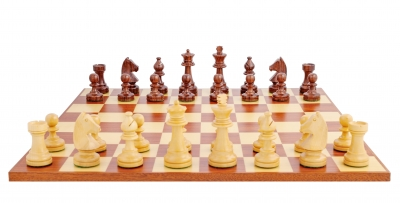To talk of SOA architecture You don't have to focus on your computing side, in reality it is a business architecture model that provides the essential guidelines to maintain the appropriate level of organization in the face of changes and adapt to circumstances.
SOA is government in its own context, not just another facet of you, and as such implies:
-
Promoting a new culture: based on more open initiatives, that forget about limitations and rely on technologies and networks that are created to innovate and offer more elaborate products and services.
-
The policy design that sustain and sustain its principles: meet the true needs of the company, that allow us to break with the rigidity and focus on the future of the business and the client.
-
The staff reorganization IT and end users: as circumstances evolve, the roles also change and, with them, how to interact with data. Communication and training are essential to ensure training that ensures optimal performance at all levels.
Photo credits: “Chess board set up to start a game” by marin
The new roles driving SOA architecture and its domains
The SOA architecture empowers the practical side of business management, therefore, makes it possible to organize IT functionality into services that meet the needs of the company, for each of which is necessary:
-
Set goals.
-
Associate them with the corresponding government functions.
-
Distribute them to each IT department, as an example, Applications, networks and development.
Despite this, the main difference with any other system lies in the definition of domains and the identification of their owners. Each of them will be responsible for managing the sets of services that share some common business context. (as customer information, order processing or product analysis).
In the environment of the SOA architecture, each domain and its owner are responsible for the administration and maintenance of the applications that support its services and the interfaces of its services for other domains.
The SOA governance introduces new roles with functions that the company must assign:
-
Domain owner: It is in charge of managing the domain address and the commercial relations between the domain and business units., as well as between domains. It must also support the business process owners in the different units to help them exploit their capabilities., while monitoring service usage for ROI calculations and management purposes.
-
Business analyst Domain: is responsible for translating business requirements into service definitions for implementation. Your collaboration with the IT department is essential.
-
Line of business representative: communicates the commercial requirements and identifies the corresponding services for each of the domains.
-
Domain developer– It takes care of the creation and maintenance of services consistent with the SOA life cycle.
-
Responsible for the test: certifies that each of the new services complies with the business requirements that are applicable to it, based on the results of tests designed for the service interface.
Related Post:







